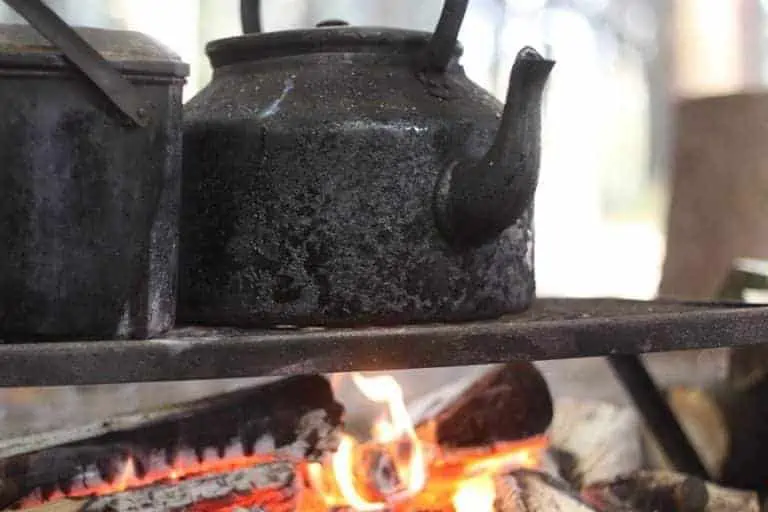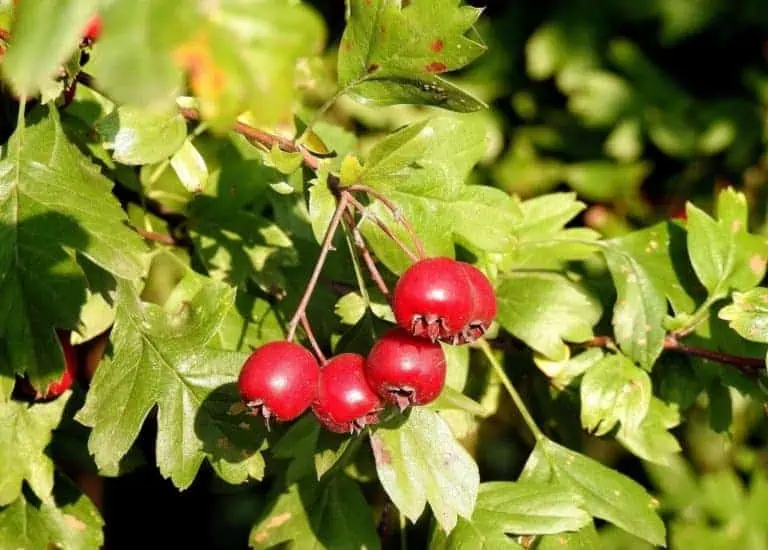The Oak
The English Oak
The English Oak (Qurcus Robus) is a common sight across the UK and has a strong link with our heritage. This large, long living tree is found mainly in the northern hemisphere. There are approximately 600 different species of Oak, some deciduous and some evergreen, here we will look a little closer at the deciduous English Oak.
In the right soil and sheltered conditions a mature tree can reach up to 40m. Commonly though the leading shoot is often eaten by wildlife which restricts the tree’s height and causes the side branches to grow out further producing the distinctive wide spreading dome.

Through The Seasons
Late Autumn
The tree is triggered to drop its leaves not by the drop in air temperature but by the reduction in daylight hours which is detected by a pigment in the leaf. As the tree prepares for winter it starts to break down pigments and beneficial nutrients stored within the leaves. The tree is able to store some of these nutrients within its root system to help it sustain itself through the winter months.
Winter
This is the season when the tree is most vulnerable in its leafless state. Without its leaves to harness energy and nutrients it has to rely on what little it can store in its root system and draw up from the winter soil. 
If temperatures drop too low the tree’s internal fluids, that are transported around its internal circulatory system, are at risk of freezing. If the fluids freeze this can cause catastrophic damage to the tree. The bark acts as an insulating layer, but it can only do so much in prolonged cold conditions. For self preservation the Oak purposely dehydrates itself, reducing fluid content from most of its cells in order to survive the winter with minimal damage. The little remaining fluid is safeguarded by high concentrations of an antifreeze-like sugar. This is usually present in the tree in low concentrations, but as the tree reduces its fluid into the winter, the concentration of this natural antifreeze like substance rises helping to optimise the tree’s health through the harsher months.
Spring Into Early Summer
In springtime the Oak tree literally springs back to life and this is the time of rapid growth and recovery. Before the tree covers itself with new leaf cover from the dormant buds it ensures the production of the next generation by producing both the male catkin flower, heavily laden with pollen, and the female flowers. The male catkin pollinates the female flower through wind pollination and with the assistance of insects. Once the female flower is pollinated this forms in to an acorn growing through the summer ready to drop late in the season. This ensures the next generation of oaks and providing valuable food for its wildlife inhabitants.
At this time the root system also has rapid stages of growth to spread out a little further. This helps to gain extra moisture and nutrients from the soil to further support the energy needs of the tree during this growth phase.
The tree’s next priority is to produce full leaf cover. Within just a month the Oak will have a full covering of fresh green leaves packed full of chlorophyll to start photosynthesising to provide valuable energy for the tree’s optimal health. Photosynthesis increases as the daylight hours get longer, hitting maximum energy production in early summer. This energy is used to sustain the tree, to enable growth and to facilitate repair.
Mid Summer Into Autumn
After the rapid growth of spring into early summer, the mid to late summer brings a slowing in growth throughout the whole Oak tree system. Photosynthesis actually slows at the peak of the day when temperatures are high. This occurs due to the reduced available moisture in the air and the ground, also the heat causes the enzymes that facilitate photosynthesis to slow. This is why most of the growth and energy production occurs in spring and early summer when there is a good balance of moisture, daylight hours and warmth but not extreme heat.
As daylight hours shorten and less photosynthesis is taking place the chlorophyll that gives the leaf its green colour starts to break down. As the green in the chlorophyll breaks down the yellows and oranges become more visible through this process which is why we have amazing colour changes into autumn.

The break down of chlorophyll combined with other chemicals present in the leaves gives rise to the red and browns that we see in late autumn and early winter.
Some species of Oak are marcesent, meaning that they hold on to their dead leaf coverage through the winter months. It is thought that they do this to protect the buds of new leaf growth that are vital for the tree’s health the following spring. Some also feel they hold on to the dead leaf cover to help protect against the harsh winter environment. The Oak then drops the dead leaves as winter gives way to spring to allow for the buds to open to provide the new leaf coverage.
When leaves are dropped in late autumn a layer, known as scar tissue, is produced where the leaf and branch attach, referred to as the abscission zone. This is another form of winter protection for the tree. The dead leaves fall through a combination of wind, gravity and wildlife movements as the tree prepares itself for winter once more.
So next time you look at a mighty Oak, and on the outside it looks peaceful and still, just remember how hard this incredible tree is working just to sustain itself through the seasons. As with all trees, it is certainly one to nurture and respect.







